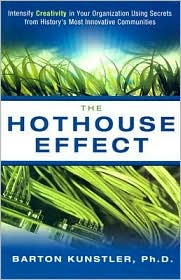 Dave pointed out that the American and world economies remain in a very fragile state and the boundaries of the current recession have not yet been identified. "This is the end of the post-WWII economy. We are in a situation that is similar to that of a smoker who has finally had a heart attack: we are paying attention. We're in for a long, slow recovery. The good news is that the smaller you are, the better you are positioned to make the pivot to a successful strategy."
Dave pointed out that the American and world economies remain in a very fragile state and the boundaries of the current recession have not yet been identified. "This is the end of the post-WWII economy. We are in a situation that is similar to that of a smoker who has finally had a heart attack: we are paying attention. We're in for a long, slow recovery. The good news is that the smaller you are, the better you are positioned to make the pivot to a successful strategy."Dave laid out five recession strategies, differentiated by margins desired and organizational focus
- Retrench, if you're a high margin firm that is used to being professionally managed
- Prepare for hypercompetition, if you've got low margins and a managerial approach to your market
- Merge, if you're an entrepreneur in a low margin marketplace
- Pivot, if you're entrepreneurial and offer a value proposition that yields high margins
- Liquidate, if none of the other options are viable
- Upstreaming, i.e., swimming toward turbulence, and all of the new opportunities, trends and technologies contained in it
- Having a sensitive skin or membrane, i.e., exerting entrepreneurial authority and testing out new ideas, approaches and services at the margins of your efforts
- Leveraging, i.e., maximizing the strategic advantages of your particular DNA , execute new ideas with adaptive enterprising, and burnishing your operational effectiveness.
Dave Lash is founder of Dave Lash & Company, located in Hamilton, Massachusetts. For the past decade, he has been part of a national research-based initiative to identify and disseminate patterns of entrepreneurial success to entrepreneurs and business leaders throughout the country. In this capacity, Dave has worked with some of the country's leading entrepreneurs, researchers, and educators. In 2006, Dave co-authored a research study of entrepreneurship and innovation for the United Kingdom's HM Treasury.








